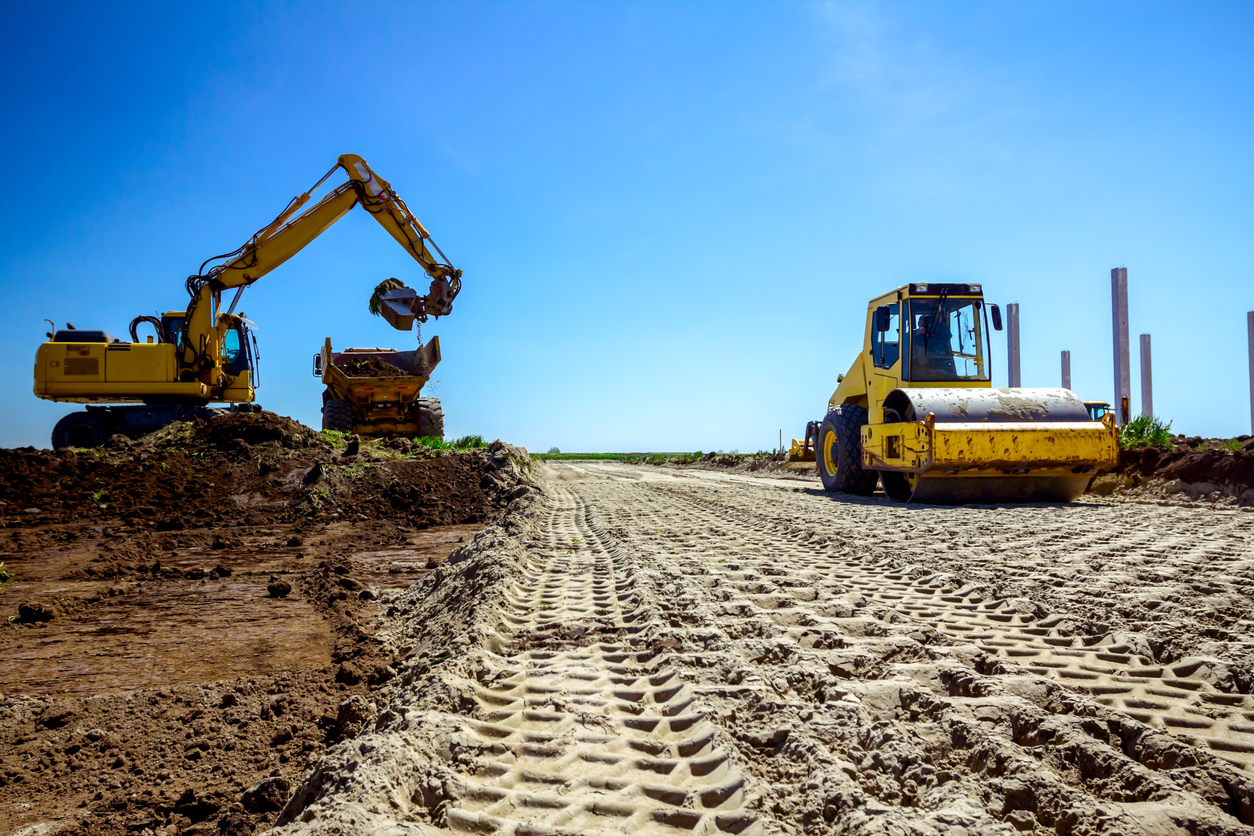Leasing Vs. Purchasing Construction Devices: Making the Right Choice for Your Job
When starting a building job, among the critical decisions that forecast managers and stakeholders encounter is whether to rent or acquire construction devices. Both options have their drawbacks and advantages, making the choice an essential one in the task planning procedure. The choice pivots on numerous variables such as cost factors to consider, job period, devices upkeep, danger, scalability, and adaptability administration. Each element plays a crucial duty in determining one of the most ideal course for the project's equipment needs. aerial lift rental. Allow's discover these variables additionally to comprehend exactly how they impact the decision-making process and inevitably the success of the job.
Expense Factors To Consider
When evaluating the economic facet of acquiring versus leasing construction devices, the long-term expenditures and ahead of time costs must be thoroughly thought about. Leasing equipment typically calls for lower first settlements contrasted to buying, making it an attractive option for temporary tasks or professionals with budget plan constraints. Renting out removes the requirement for big resources investments and lowers the economic threat connected with tools possession, such as upkeep and depreciation prices. Nonetheless, in the long run, constantly renting equipment can accumulate greater prices than purchasing, particularly for extensive tasks.
On the various other hand, getting construction equipment includes greater ahead of time costs however can cause long-term savings, particularly for long-lasting jobs or constant individuals. Owning tools supplies versatility, benefit, and the possibility for resale value once the task is finished. In addition, owning equipment enables modification and knowledge with specific machinery, potentially boosting effectiveness and efficiency on-site. Ultimately, the choice in between getting and leasing building devices pivots on the project's period, regularity of usage, budget considerations, and long-term economic goals.
Job Period

Conversely, for lasting projects or continuous building and construction work, purchasing equipment can be the more cost-effective alternative. Buying devices can lead to set you back financial savings in the future, particularly if the tools will be often utilized. Additionally, possessing tools supplies a feeling of control over its schedule and permits personalization to fit certain project demands.

Tools Upkeep
Provided the important function job duration plays in establishing the most cost-efficient method in between getting and renting out building and construction equipment, the focus now shifts towards taking a look at the essential element of devices upkeep. On the various other hand, possessing tools calls for an aggressive method to maintenance to protect against failures, ensure safety, and prolong the equipment's lifespan. Inevitably, a well-maintained this content construction equipment fleet, whether rented or owned, is necessary for the successful and reliable completion of building jobs.
Versatility and Scalability
In the realm of construction tools administration, the aspect of flexibility and scalability holds substantial importance for project performance and source usage. Opting to rent building and construction devices offers a high level of flexibility as it enables the quick modification of devices types and amounts based on the developing requirements of a task. Renting out allows contractors to access a wide variety of specialized devices that might be needed for specific jobs without the long-lasting dedication of possession. This versatility is specifically advantageous for projects with differing demands or uncertain periods (aerial lift rental).
In addition, scalability, one more important variable, is naturally connected to flexibility. Leasing building tools offers the advantage of easily scaling procedures up or down as project demands vary. Service providers can swiftly exchange or include equipment to match the project's altering demands without the constraints of possessing assets that may come to be underutilized or outdated. This capability to scale resources efficiently can cause price savings and enhanced job timelines, making renting out a desirable choice for jobs requiring adaptability and receptive resource allotment.
Danger Management
Efficient danger administration in construction devices procedures is critical to making certain project success and mitigating prospective financial losses. Building and construction projects inherently entail various risks, such as equipment malfunctions, crashes, and task hold-ups, which can considerably affect the job timeline and budget plan. By meticulously thinking about the dangers connected with owning or leasing construction devices, job managers can make informed decisions to lessen these prospective threats.
Renting out building equipment informative post can provide a level of danger reduction by transferring the duty of repair and maintenance to the rental firm. This can decrease the financial burden on the job owner in case of unanticipated tools failures (equipment rental company). In addition, renting out supplies the adaptability to gain access to specialized equipment for details job phases, lowering the danger of having underutilized equipment
On the other hand, possessing building devices provides a feeling of control over its usage and maintenance. However, this likewise suggests bearing the full duty for repair work, upkeep costs, and depreciation, raising the financial risks related to equipment ownership. Cautious danger analysis and consideration of variables such as job duration, devices use, and upkeep requirements are important in figuring out the most suitable option for efficient risk management in building jobs.
Final Thought
Finally, when choosing between renting out and acquiring building and construction devices, it is essential to think about cost, task duration, equipment upkeep, adaptability, scalability, and danger management. Each aspect plays an important duty in establishing the most appropriate alternative for the project available. By carefully assessing these reference facets, task managers can make an educated choice that aligns with their budget plan, timeline, and general task objectives.
